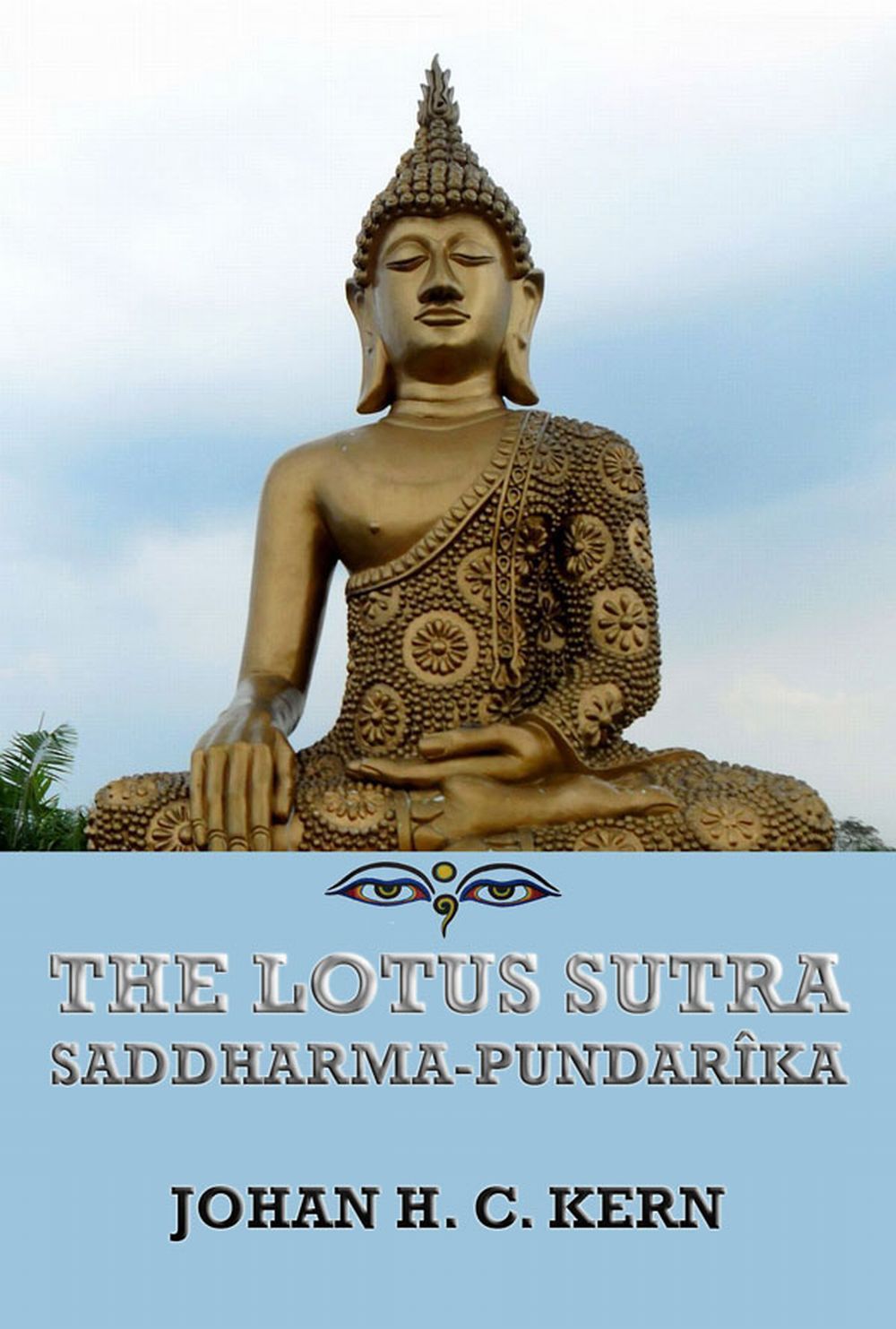

So, how might a middle-aged woman many centuries removed make use of this text other than as a doorstop or a curious read about a long-ago time in a faroff place? Well, not surprisingly, we inventive Moderns have taken the “naughty bits” from this ancient text, dusted them off, and updated them. The first is a treatise for gracious living the second is an ancient spiritual practice that includes “sacred sexuality”-a foreign concept if there ever was one to modern sensibility. Also, although we in the West have tended to confuse them, the Kama Sutra has nothing in common with Tantric practices. Here are sections on types of kissing, biting, scratching, and “ways of lying down.” And here is where the illustrated sexual positions on your youthful nightstand came from (except that the original text wasn’t illustrated). The chapter that gripped the Twentieth Century imagination, however, is the chapter on sexual union. There are chapters on attracting a wife, the relationship among one’s wives, relating to the wives of other men, and relating to courtesans. The most intimate details of sexuality are dealt with in the same level of detail and objectivity.

Here’s an example: Now the householder, having got up in the morning and performed his necessary duties, should wash his teeth, apply a limited quantity of ointments and perfumes to his body, put some ornaments on his person and collyrium on his eyelids and below his eyes… Having then eaten betel leaves, with other things that give fragrance to the mouth, he should perform his usual business. It’s a systematic and unabashed compendium of the good life in that time and place. The Kama Sutra is as much about the details of gracious living as it is about sex. (The first is Dharma, or virtuous living, and the second is Artha, material prosperity.)

Its subject is Kama, or the pursuit of pleasure, which is the third goal in life for Hindus. As such, it gives scholars a fascinating peek into daily life and morés of that time. It was written in about the Third Century AD in northern India and is considered one of the oldest Sanskrit sacred texts in existence. So, what is the Kama Sutra, anyway, and could it shake up a humdrum, middle-age bedroom routine or give you ideas for new techniques now that you’re not quite up to dangling from the chandelier?įor starters, the Kama Sutra is old. In fact, if you’re like me, you may not know what the Kama Sutra is. Or, if you’re like me, you never quite figured out what all the fuss was about. You may have even tried some of those melodic-sounding acrobatics: the “splitting of the bamboo,” the “lotus-like position,” or the “fixing of a nail.” If you came of age in the 1960s, you may have had two books on the nightstand: The Joy of Sex and the Kama Sutra.


 0 kommentar(er)
0 kommentar(er)
